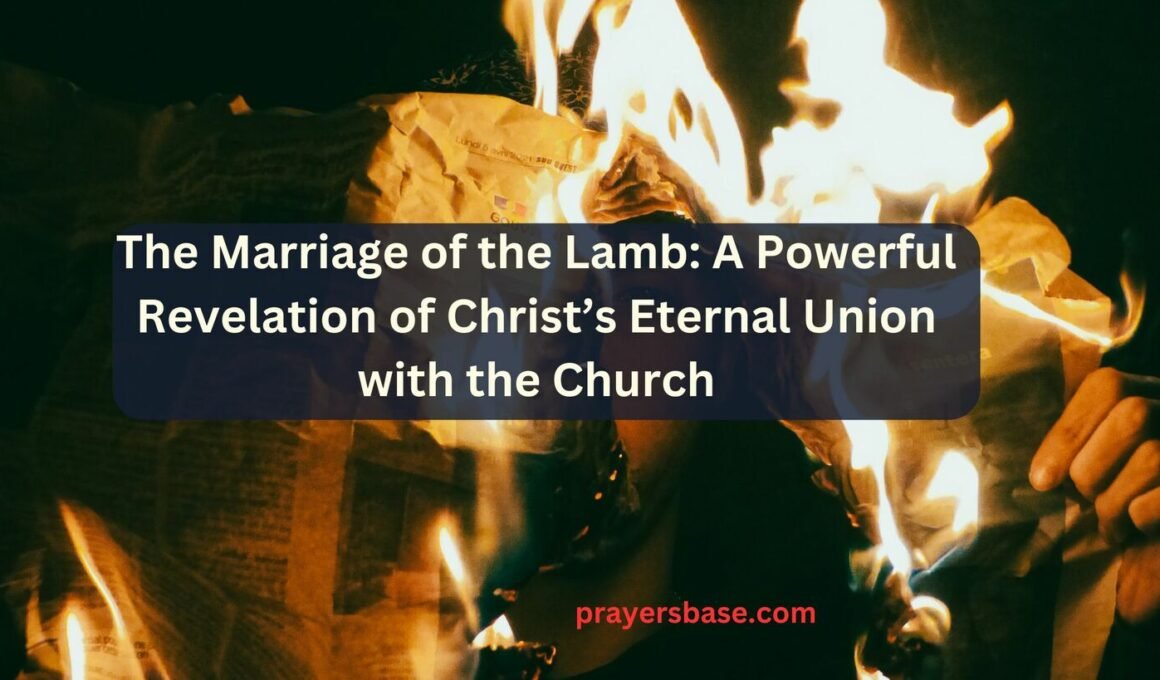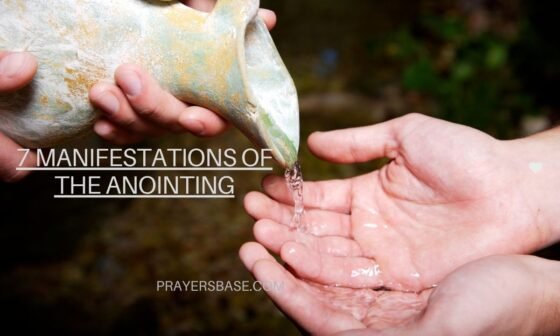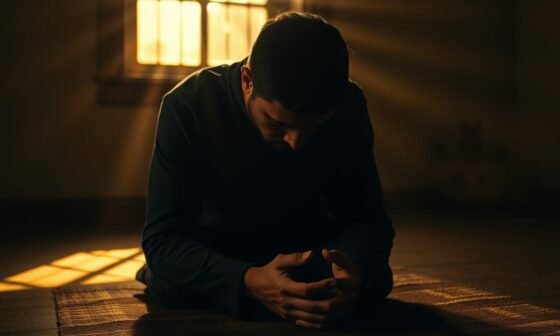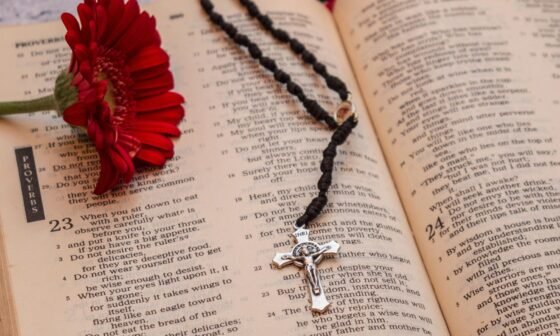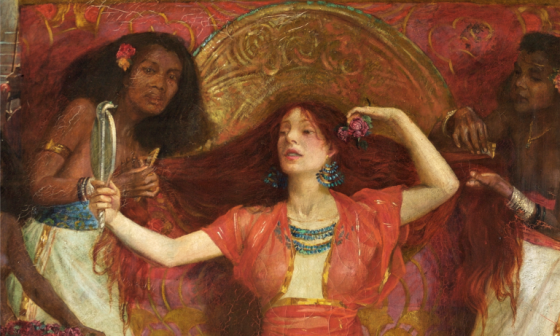Hidden within Revelation’s pages lies a breathtaking vision: a celestial celebration marking Christ’s eternal bond with believers. This divine union, described as a wedding feast, transcends earthly rituals. It’s not just symbolism—it’s the climax of God’s redemptive plan.
Revelation 19:6-9 paints a vivid scene. A roaring crowd praises God as “the Lamb’s bride has made herself ready.” Here, the church isn’t a building but a radiant partner. Ancient Jewish weddings involved prolonged preparation and joyful feasting—mirroring how believers are being refined for this ultimate moment.
Why does this imagery matter today? It answers humanity’s deepest longing for belonging. The marriage supper isn’t merely future hope; it reshapes how we live now. Every act of faith becomes part of preparing for that eternal communion.
This covenant carries explosive implications. It declares Christ’s victory over darkness and His relentless commitment to His people. When the marriage lamb comes, every tear and struggle finds meaning in unbroken fellowship.
What would change if we lived like cherished partners in this cosmic romance? The next sections explore how this truth fuels worship, perseverance, and radical love.
Understanding the Symbolism of the Marriage Supper
Scriptures burst with vibrant metaphors comparing God’s covenant to a royal banquet. This wedding feast imagery isn’t random—it’s a masterclass in divine communication. Ancient audiences understood weddings as week-long celebrations blending legal vows with communal joy.
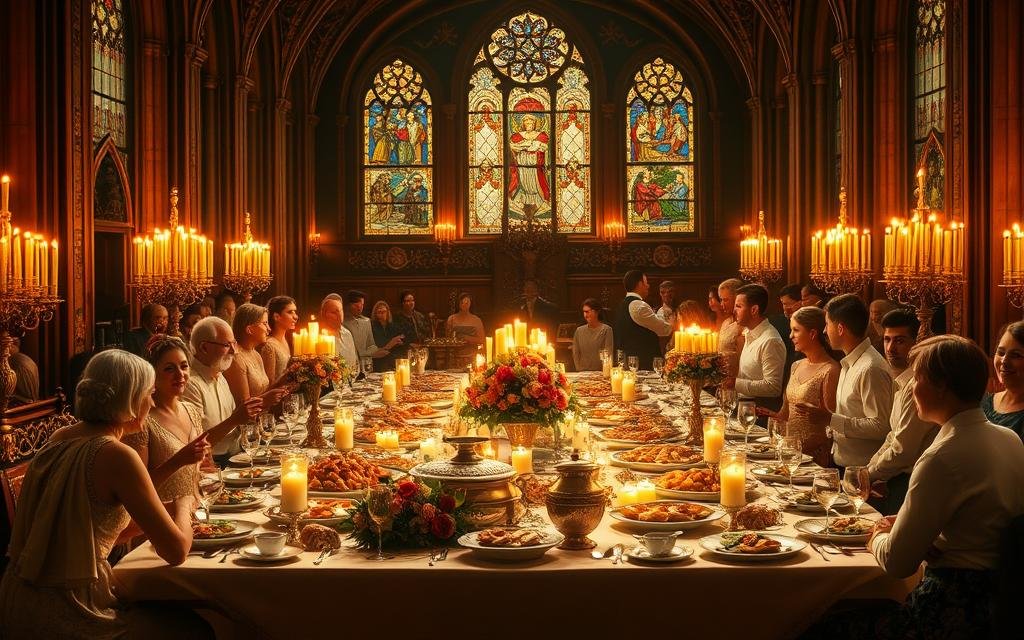
Biblical Threads in the Bridal Tapestry
Revelation 19’s “fine linen” echoes Isaiah’s portrayal of salvation as a bridal garment. Early Christians recognized this instantly. Three layers of meaning emerge:
- Invitation: Like Esther’s year-long beauty treatments, believers are being made ready
- Identity: The bride’s attire symbolizes collective righteousness, not individual merit
- Intimacy: Shared cups at Jewish weddings mirrored covenant commitment
Feasting Through History’s Lens
First-century weddings required months of preparation. Families would:
- Publicly announce engagements
- Purify water for ritual baths
- Store preserved foods for guests
These customs mirror spiritual readiness. The wedding feast metaphor challenges modern believers: Are we preserving passion through daily faithfulness?
Today’s church often misses the urgency. But Revelation’s bride isn’t passive—she actively prepares while awaiting the groom. Every choice to forgive or serve weaves another thread into her gleaming fine linen.
Exploring “the marriage of the lamb”
Eternal celebrations fill Scripture’s horizon, pointing to a joyous climax beyond earthly timelines. This divine event marks more than a metaphor—it’s the fulfillment of promises woven through generations. At its core lies an invitation reshaping how believers view destiny.

Eschatological Meaning and Divine Invitation
The “supper” described in Revelation 19 isn’t a casual meal. It’s a victorious gathering where every redeemed soul finds their seat. Ancient feasts lasted days, but this feast transcends time—a perpetual celebration in God’s house.
Three truths emerge from this imagery:
- Destiny: The event finalizes Christ’s union with His people, like a groom claiming His bride
- Delight: Joy overflows as creation witnesses perfected fellowship
- Declaration: All nations see justice served at history’s ultimate banquet
Heaven’s house becomes the setting where tears dissolve into laughter. Here, the “wedding” imagery shifts from anticipation to reality. Believers aren’t just guests—they’re honored participants in a story reaching its zenith.
This vision fuels hope amid trials. Every moment spent serving others or resisting sin becomes preparation for that unending feast. The invitation stands: will we live as those already tasting eternity’s joy?
Biblical Foundations and Cultural Context
Ancient Jewish weddings weren’t mere ceremonies—they were blueprints of divine promise. These rituals reveal profound truths about relationship dynamics between God and His people. Every element, from betrothal vows to the final feast, pointed toward eternal realities.
Jewish Marriage Customs and Their Spiritual Parallels
In first-century Judea, the father orchestrated every detail. He selected the bride, negotiated terms, and hosted the party. This mirrors God’s active role in uniting believers to Christ. Three key parallels emerge:
- Preparation: Brides underwent ritual cleansing—a picture of saints purified through Christ’s sacrifice
- Celebration: Week-long feasts reflected heaven’s unending joy
- Covenant: Shared cups symbolized irreversible commitment
Old Testament Prophecies and New Testament Fulfillment
Isaiah 62:5 declared God would “rejoice over His bride,” a promise realized in Revelation’s wedding imagery. The judgment of Israel’s unfaithfulness (Hosea 2:19-20) contrasts sharply with the Church’s radiant readiness. This relationship isn’t metaphorical—it’s the culmination of redemption’s story.
Zephaniah 3:17’s promise of divine singing finds its echo in the joyful shouts of Revelation 19. Every prophecy about restoration converges at this feast. The father’s plan reaches its climax as saints from every nation take their seats at eternity’s party.
The Role of Righteous Deeds and Personal Preparation
Revelation’s climactic vision unveils a striking metaphor: saints clothed in gleaming linen representing their faithful acts. This attire isn’t earned—it’s woven through daily choices aligning with divine purpose. Every decision becomes a thread in eternity’s tapestry.
Symbolism of Fine Linen as Righteous Acts
Revelation 19:8 clarifies the “bright, clean linen” symbolizes believers’ holy actions. Unlike earthly garments, this fabric grows brighter through consistent obedience. Three truths emerge:
- Collaboration: God sanctifies while we actively participate
- Continuity: Sanctification spans days and years, not momentary efforts
- Contrast: Physical death yields to spiritual rebirth—the true entry to God’s union
Personal Readiness and Spiritual Engagement
Preparing for eternity isn’t passive. Like athletes training for championships, believers cultivate habits reflecting heavenly priorities. The world offers distractions, but focused hearts store up incorruptible treasures.
Scripture contrasts two realities: temporary existence and everlasting communion. Our “linen” develops through:
- Consistent prayer amid life’s chaos
- Sacrificial love that mirrors Christ’s
- Perseverance when culture opposes truth
This preparation transforms how we view time. Each year becomes an opportunity to deepen commitment. When Christ returns, our readiness will reveal a lifetime spent pursuing His union—not merely avoiding death.
Biblical Parallels: Wedding Feasts in the Old and New Testaments
In both Testaments, weddings symbolize God’s covenant with His people. From Genesis to Revelation, these celebrations reveal patterns pointing to Jesus Christ as the ultimate bridegroom. The New Testament amplifies this theme, showing how earthly events foreshadow eternal realities.
Comparison of Wedding Narratives in Jesus’ Time
At Cana’s wedding (John 2), Jesus Christ transformed water into wine—a sign of abundance in His father house. This miracle mirrors Revelation’s feast where “the Lamb” hosts perfected communion. Both events share three key elements:
- Provision: Earthly wine and heavenly joy flow from divine generosity
- Presence: The husband (Christ) actively prepares for His guests
- Purpose: Celebrations give glory to God’s redemptive plan
Ancient Jewish weddings required grooms to prepare dwelling places—a custom Jesus Christ referenced in John 14:2. His promise to ready rooms in the father house assures god people of their eternal home. Parables like Matthew 22’s wedding banquet further emphasize readiness through faithful living.
These narratives aren’t isolated stories. They form a tapestry showing how New Testament teachings complete Old Testament shadows. Every feast ultimately points to Christ’s role as the husband who will give glory to His perfected bride.
The Union of Christ and His Church: A Spiritual Reflection
Heaven’s throne room erupts in thunderous praise as countless voices unite—a scene capturing the essence of Christ’s sacred bond with believers. Revelation’s great multitude shouts “Hallelujah!”, celebrating divine victory over darkness. This moment transcends earthly worship, revealing eternal intimacy between the Lord God and His purified people.
Intimacy, Victory, and Eternal Communion
Spiritual union with Christ isn’t abstract—it’s a living connection reshaping identity. Like lovers sharing secrets, believers experience closeness through prayer and obedience. This bond guarantees triumph, as the Lord God declares His people spotless before cosmic powers.
The promised place in heaven’s courts anchors hope. It’s more than location—it’s unbroken fellowship where tears vanish. Every heartache endured now prepares believers for that unending celebration.
Throughout salvation history, transformative things unfolded:
- Old Testament shadows became New Covenant realities
- Temporary rituals yielded to eternal communion
- Isolation dissolved into corporate worship
Different times reveal God’s unfolding plan. Yet the promise remains: Christ’s union with His church is both today’s reality and tomorrow’s perfected joy. This truth ignites purpose, turning mundane moments into eternal investments.
Implications for Believers Today
Daily choices become eternal investments when viewed through Revelation’s lens. This celestial celebration reshapes priorities, turning ordinary moments into sacred steps toward divine fellowship. How we live now directly impacts our readiness for that unending feast.
Living in Anticipation of the Eternal Feast
Three practices keep hearts focused on eternity’s horizon:
- Daily realignment: Begin each day remembering you’re preparing for a cosmic celebration
- Intentional kindness: Simple acts of love weave threads into your spiritual attire
- Persistent hope: Let future joy color present challenges with purpose
Viewing life as ongoing preparation transforms mundane tasks. Washing dishes becomes soul-cleansing; forgiving others mirrors heavenly reconciliation.
Practical Ways to Embody Hospitality and Faith
Eternal anticipation fuels radical generosity today. Try these actionable steps:
- Host meals where strangers become friends—practice heaven’s inclusive ceremony
- Initiate spiritual conversations during routine activities
- Support local ministries addressing tangible needs
Communities reflecting Christ’s faith cultivate unity that outshines division. Every shared prayer or reconciled relationship foreshadows the end of all brokenness.
Time-sensitive opportunities demand urgency. What step will you take this day to deepen your readiness? The coming celebration starts with faithful obedience now.
Conclusion
Revelation’s final chapters culminate in a joyous proclamation that reshapes eternity’s landscape. Through vivid wedding imagery, Scripture reveals a future where Christ’s bond with believers reaches perfect fulfillment. Ancient customs—like betrothal vows and celebratory feasts—mirror our spiritual journey toward this eternal union.
This divine promise anchors hope across years of waiting. Every act of faith today weaves threads into the church’s radiant attire. The coming celebration isn’t distant—it’s already shaping how we forgive, serve, and love.
How might your choices reflect readiness for this sacred event? Consider practical steps:
- Daily align priorities with eternal values
- Celebrate glimpses of heaven’s joy amid earthly struggles
- Invest in relationships that mirror Christ’s commitment
God’s promise remains unshaken through generations. As years unfold, His invitation stands: live prepared, embrace hope, and anticipate the feast where time dissolves into endless communion. This future reality transforms today’s ordinary moments into extraordinary preparation.

